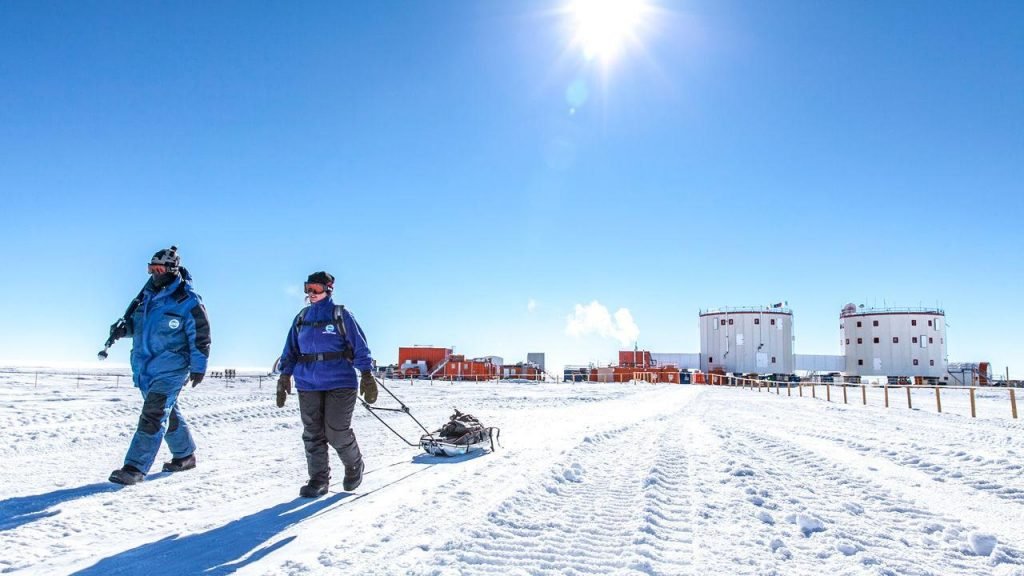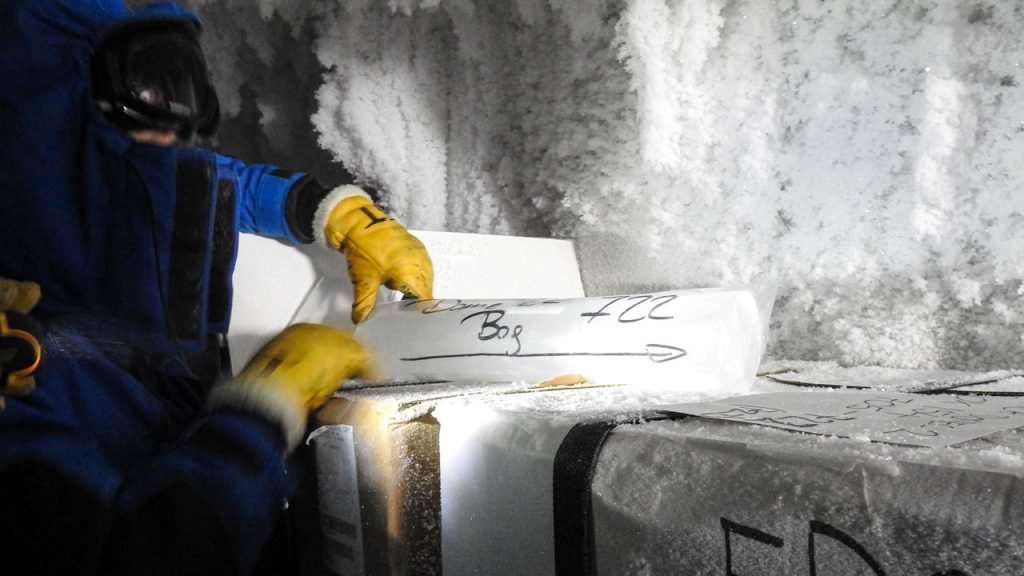Ice ages on earth are usually considered to be seemingly never-ending times of freezing cold. Yet a recent study shows that emissions of CO2 frequently enter into the atmosphere during these times, adding relative warmth after 10,000 years of cold for decades or even centuries. Glaciers and ice sheets may have retreated a little, and new areas for plants and livestock could then be opened for a retreat.
Researchers can track atmospheric CO2 fluctuations by examining ice cores perforated in Antarctica, Greenland, and some of the high mountains at lower latitudes. The cores hold the air bubbles trapped in the air, as the weights of the more recent, fresher, overlying layers are compressed into ice.

Some of these chronicles of climates date back Hundreds of thousands of years ago. Nevertheless, there were no high-resolution records, a century-old or shorter variation, mostly due to contamination of ice extraction techniques.
In a new study, a climate physician from the University of Cambridge, Christoph Nehrbass-Ahles, and their colleagues, came out with an approximately three times more precise way of extracting CO2 from ancient ice than before. The technique developed for ice crushing does not require friction between metal pieces, which can produce fresh CO2. The new methodology allowed them to calculate CO2 rates to a maximum of one part per million.
The team in Nehrbass Ahles then studied parts of a 3.5-kilometer ice core melted at one of Eastern Antarctic’s highest points. Their samples are collected times between 330,000 and 450,000 years ago — the time of one ice age and the warm periods on both sides. On average, every data point was separated by about 300 years from its neighbors, four to six times better than previous studies.
Throughout the interval of 120 000 years, the researchers have detected 8 episodes of rapidly rising CO2 levels. Seven of these eight bursts lasted for more than 100 years and CO2 rates increased over six of them more than nine parts per million. (In contrast, the global average atmospheric CO2 was about 280 parts per million before human activities began pouring massive volumes of CO2 into the air at the start of the Industrial Revolution.)
Earlier, only ice samples of the late ice age served researchers discovered centuries-lonely CO2 leaps. Nehrbass-Ahles says that it was a surprise to find them in ice that accumulated in a warm interglacial time.

A new analysis from the team indicates that the climate on earth “can change much faster than we had thought before,” says Shayun Marcott, a paleoclimatologist with no participation in the new study at the University of Wisconsin, Madison. The ecosystem changes could have been profound, although they were short-lived.
Nehrbass-Ahles and his colleagues the changes to the conveyor belt of ocean currents in the Atlantic Ocean suggest the jumps in atmospheric CO2. If the Gulf Stream fails, the heat will be less in the North Atlantic. Such increases in temperature of the sea, in effect, contribute to increases in tropical weather patterns, which causes a wetland reduction, says Nehrbass-Ahles. In those previously swampy areas, carbon-rich material is decomposed and a pulse of CO2 is sent into the air for warming the climate.
The old pulses would not impress in modern times: a 10-party / million CO2 leap, which may have been more than 100 years or more in the pre-industrial period, could only take 4-5 years.
However, the team results show sudden pulses of CO2 not only in declining ice ages but can also be triggered at any time during the ice age cycle. Marcott’s results showed that the rapid jumps in [CO2] are very exciting from my perspective.

1 Comment
Pingback: One of The Largest Iceberg's A68 Has Finally Melted Away to Nothing - Craffic